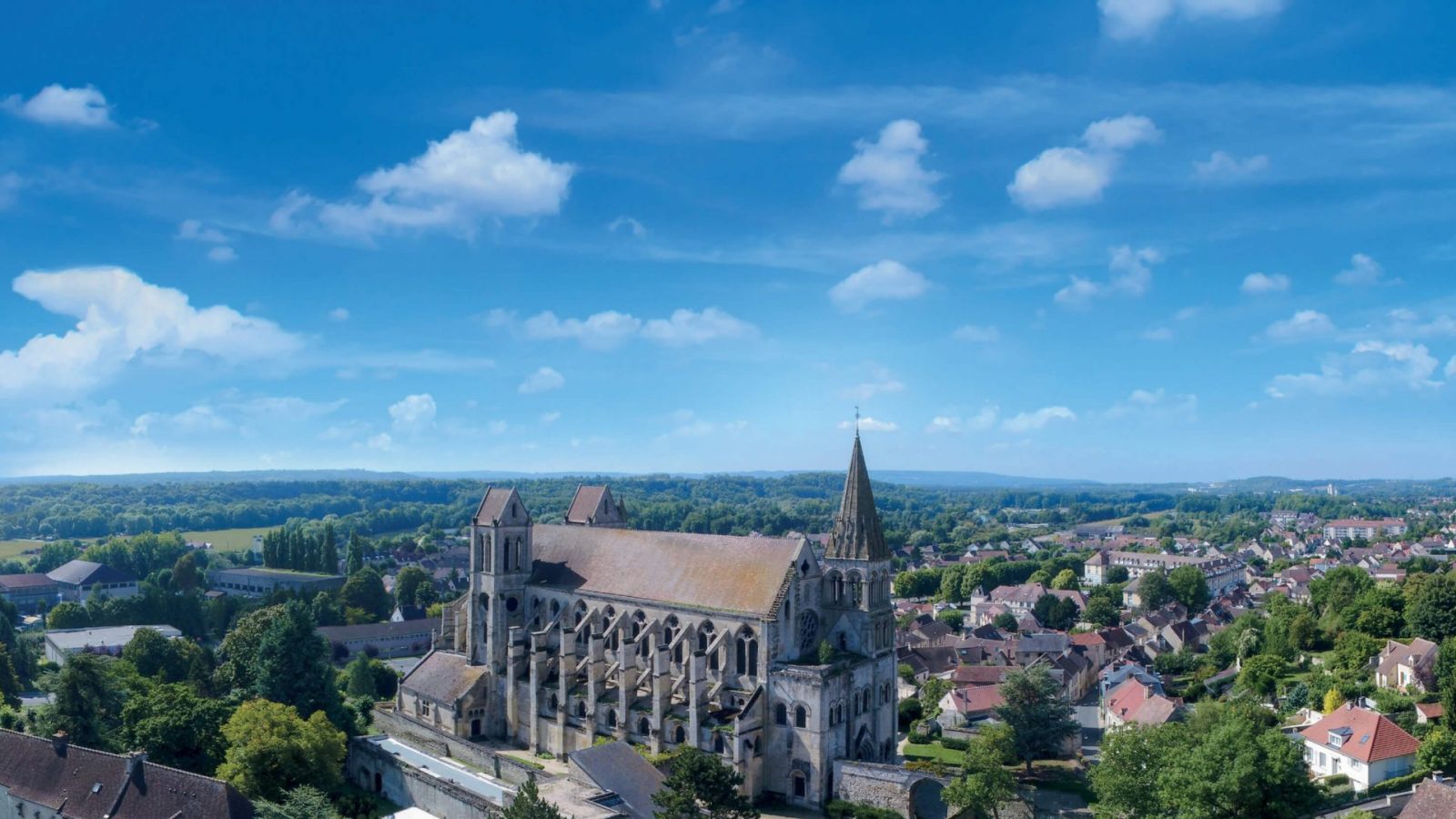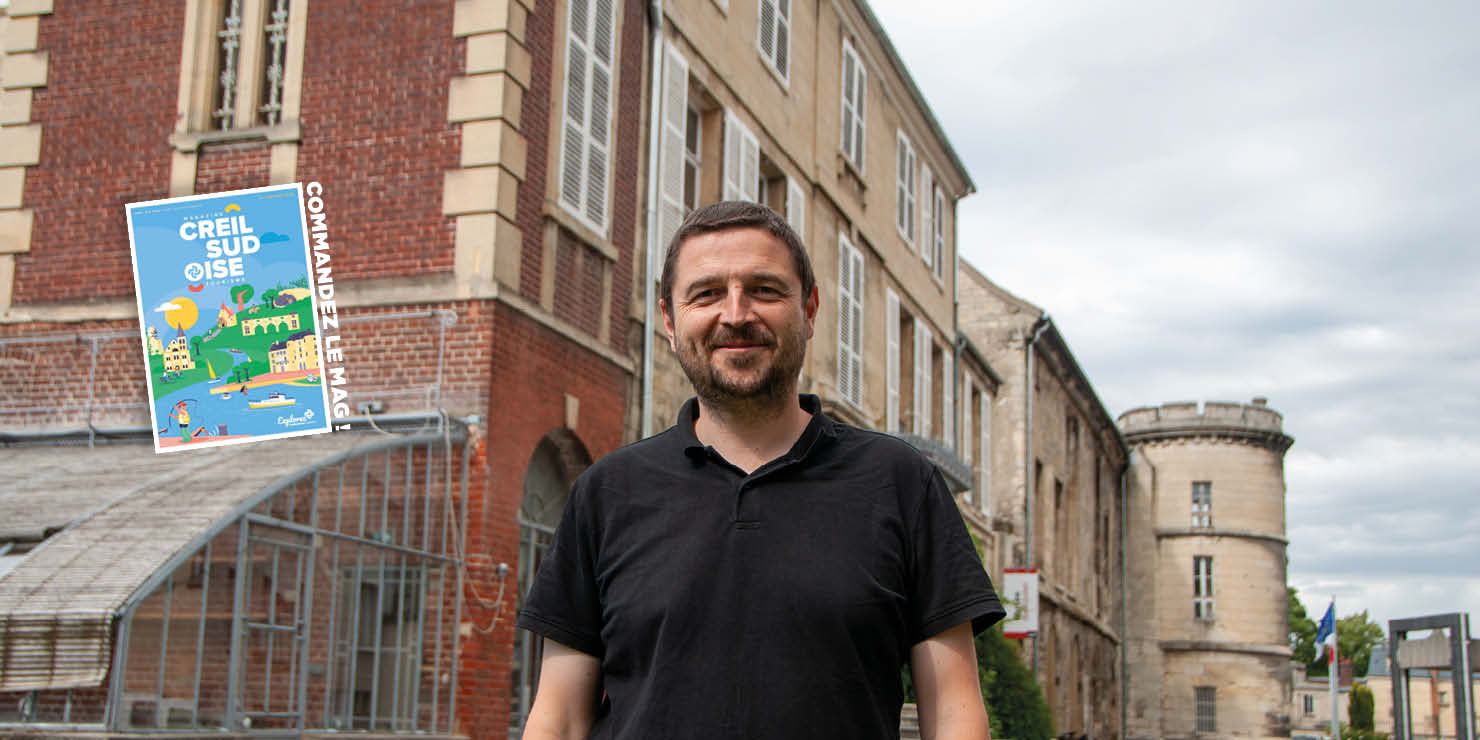Reading time: 8 minutes
26 April 2024
Our ambassadors
What's left of monumental castle overlooking Creil in the Middle Ages? Nicolas Bilot, archaeologist a member of the SDAO (Service Départemental d'Archéologie de l'Oise) and founder of Aquilon, a firm specialising in heritage studies and development, takes us on a journey of discovery through the history of the Oise region. the remains of this radiant but little-known past.
Creil: a strategic and royal town

Surprising as it may seem, there was a large medieval castle in Creil, on the Île Saint-Maurice. It stood on the site of the town hall and the Musée Gallé-JuilletThe château was built in the style of the Château de Pierrefonds, which included the home of this Creillois family as well as the Maison de la Faïence. Nicolas Bilot now believes that it was just like the Château de Pierrefonds, built a few decades later.
In the Middle Ages, this site was strategic For several reasons: "The first was that it controlled the Oise, at a time when most goods were being transported by waterway," explains the archaeologist. "It connected to Rouen and linked to Paris via the Seine, which meant that Creil became a hinterland port for the capital. A major issue for the food supply: "The Oise is a cereal-growing area with high yields, and Paris being a gigantic belly, it is part of Paris's granary. So there's a huge economic stake in Creil and its castle.
Île Saint-Maurice also had a defensive role to play: "If you control the island, you control navigation on the Oise," explains Nicolas Bilot. It was the ideal location to counter invasions from the north, which were often English at the time.
What did this medieval castle look like?
It's at 12th It was in the 16th century that the Counts of Clermont commissioned the first castle in Creil. The town of Clermont had greatly enriched itself thanks to the trade routes to Beauvais, Soissons and Arras... In order to keep control of trade and passageways, they decided to build a castle on the banks of the River Oise.
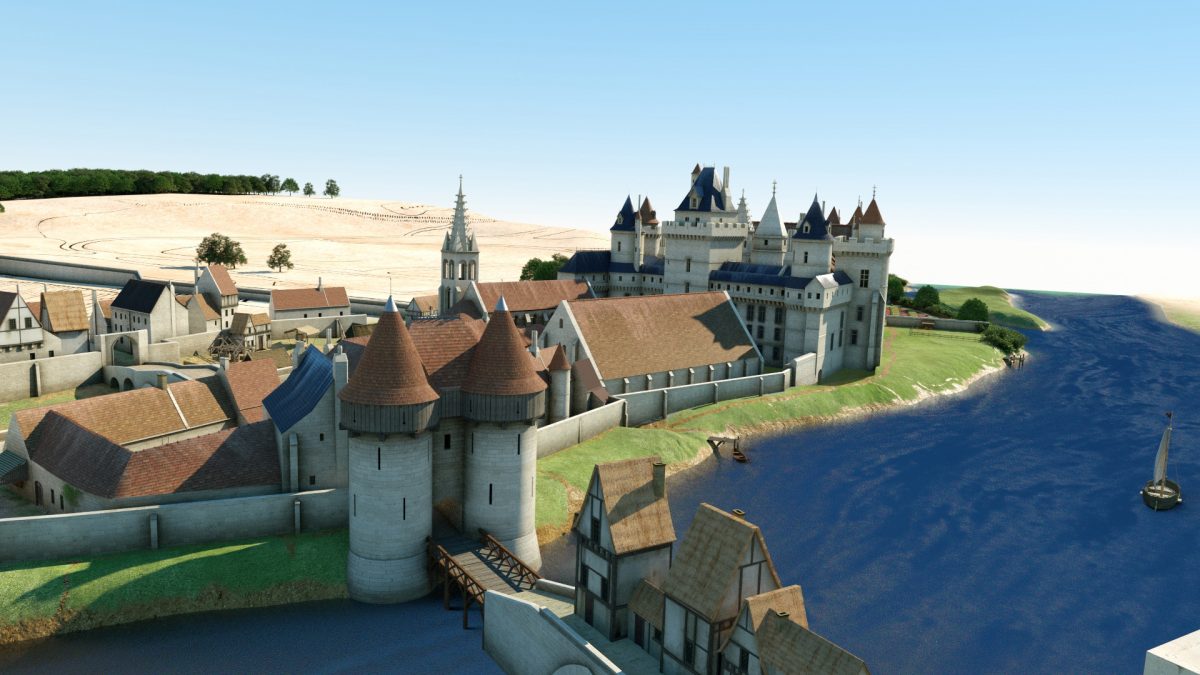
For building purposes, the counts used Creil limestone: "There's not just the Saint-Maximin quarry," says Nicolas Bilot, "Creil was a quarry for a long time. The archaeologist goes on to highlight the two special features of these stones: " The limestone of the Oise is among the best in the world. "Inside, there is also "veined limestone, with a natural pink tinge. These stones have a rare aesthetic quality.
The castle became even more important when the county of Clermont became part of the French crown in the 13th century.th century. Nicolas Bilot asserts that the kings "kept Creil castle for themselves because they considered it to be a strategic castle, but also a symbolic one".
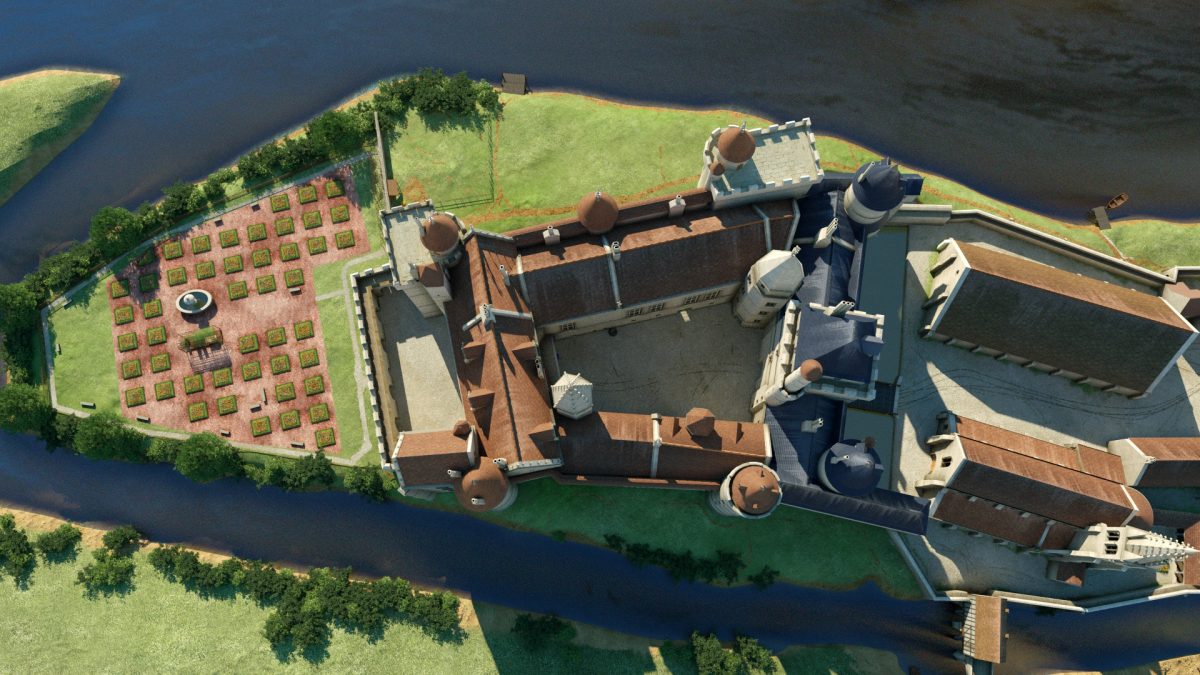
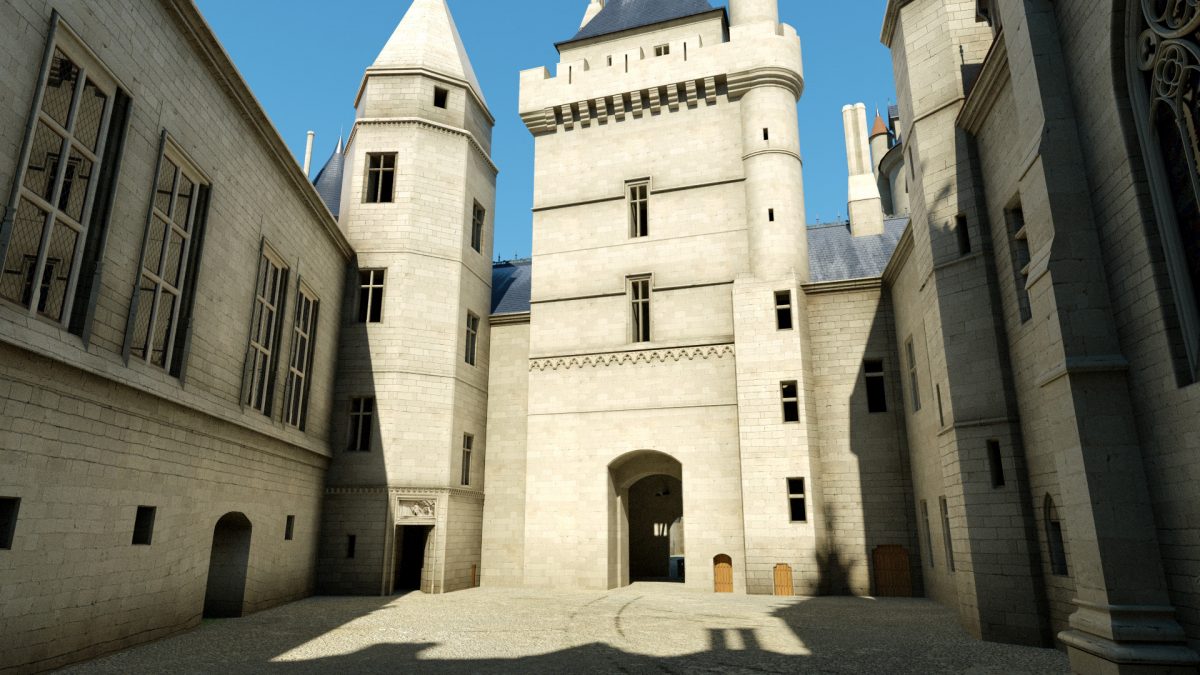
At 14th century that Charles V took a particular interest in the Château de Creil and added his own personal touches. "He was called the Wise Man because he was a real hard-working king. Also the builder of the Château de Vincennes, the archaeologist notes many similarities between these two royal châteaux.
"When Charles V took over the site, he added floors and square towers. You can see the differences in the way they were built: the blocks are more beautiful and larger on the royal additions. As Nicolas Bilot points out, The king needed space when he came to Creil with his court of over 300 people.
What remains of this royal castle today?
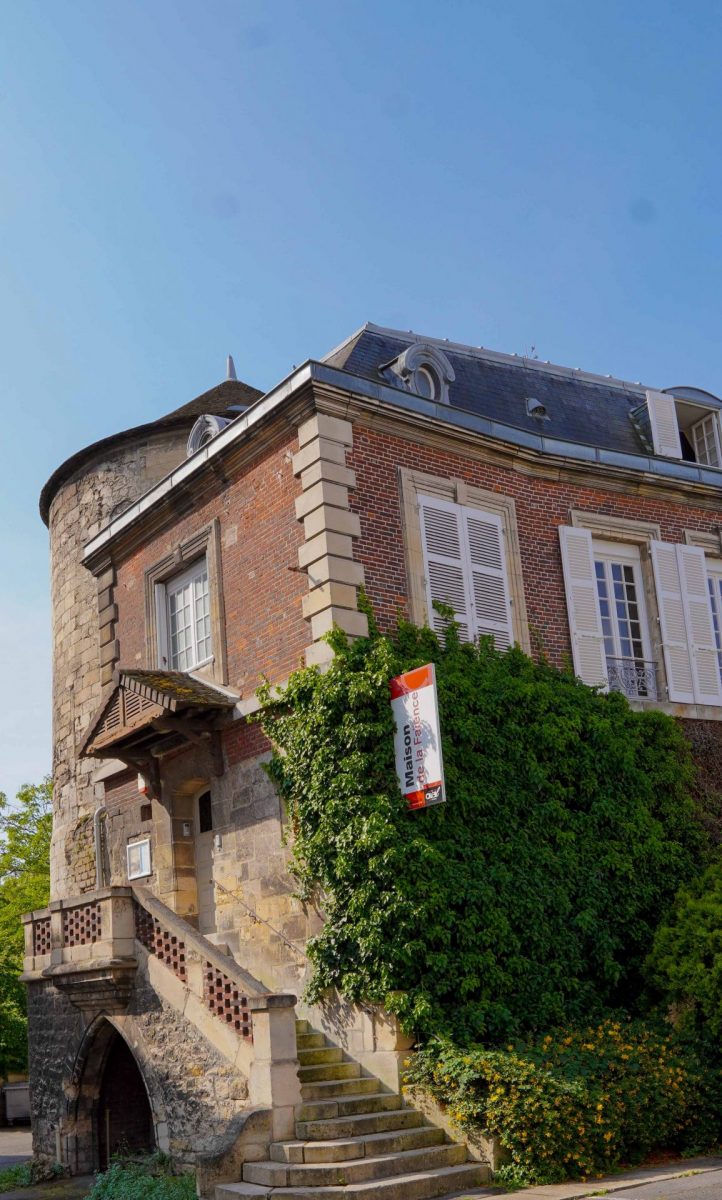
Today, only 10% of this medieval castle remain.The building is concentrated between the tower of the Maison de la Faïence (potentially the Queen's flats, according to Nicolas Bilot), the ground floor of the Gallé-Juillet house, the cellar on the ground floor of the château, visible from the Place de la Mairie, and the first floor above the cellar.
Although extremely strategic in the Middle Ages, the castle gradually lost the interest of its lords from the end of the 17th century.th century, which prefers the Chantilly castle.
The Château de Creil was then rented out and sold to quarrymen, as Nicolas Bilot explains: "They were interested in dismantling the walls and selling the stones. They started at the top: they dismantled the frameworks, sold the wood and then dismantled the second and first floors.
However, the Revolution came and the quarrymen were driven out of the château before they could dismantle the rest. Luckily for the archaeologist, the cellar used for storage was excavated in 2019. Upstairs, although it has been much altered by the castle's many owners, you can still make out parts of the great hall where the king received his guests.
After the French Revolution, the owners converted the château in their own style, adding storeys, terraces and bathrooms.... Today's Musée Gallé-Juillet, which includes a beautiful 19th-century bourgeois house, is located in the heart of the city.th century, preserves very real traces of the castleAs Nicolas Bilot tells us: "They're going to use the château to build their house on top of it and create basements for their cellar and kitchen.
The gardens are also important: "The château has always had a garden, but we know nothing about the one in the Middle Ages," says the archaeologist. "The current garden belongs to the Gallé-Juillet family. Surrounded by a wall built from the old stones of the château, there is something unusual: a miniature motte castrale. The tower in the middle of the garden is thought to be the stairway tower at the entrance to the château. As the round stones were difficult to sell, the owners decided to turn it into a rest area for visitors. Plus, it is surrounded by ancient Merovingian sarcophagi that decorate this surprising place.
When and how can you visit?
The garden, the Gallé-Juillet museum and the earthenware museum can be visited all year round. Here you can discover the life of a bourgeois family from the Revolution to the First World War, when they bequeathed their house to the town of Creil following the death of their only son at the front. The Musée de la Faïence will fascinate you with its collection of around 15,000 works of art. and earthenware objects of all kinds.
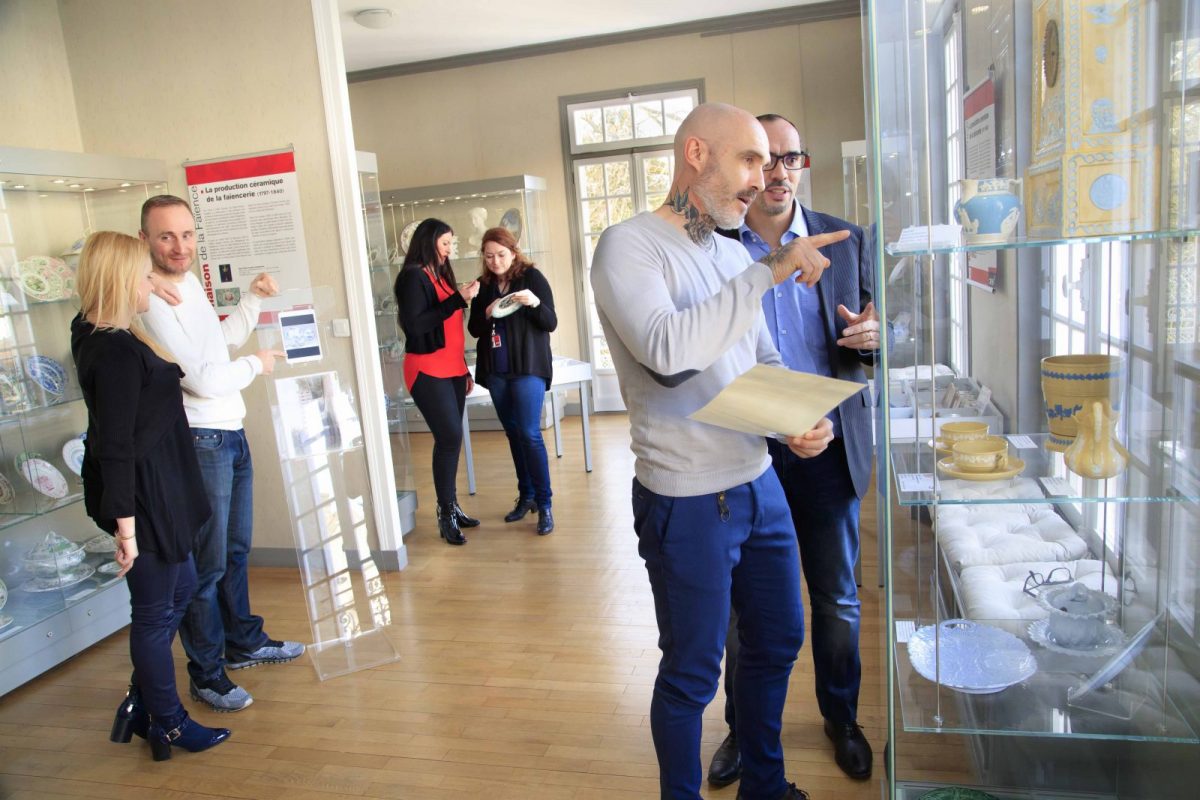

As far as the castle is concerned, it is the cellar and the first floor that are of interest to archaeologists today. and museum director Marion Kalt: "The cellar has been the subject of an excavation since September 2023. We're removing the fill caused by quarrymen in the 18th century.th century to bring it down to the original level (1.50 m lower), and remove the false walls to restore the original volume.
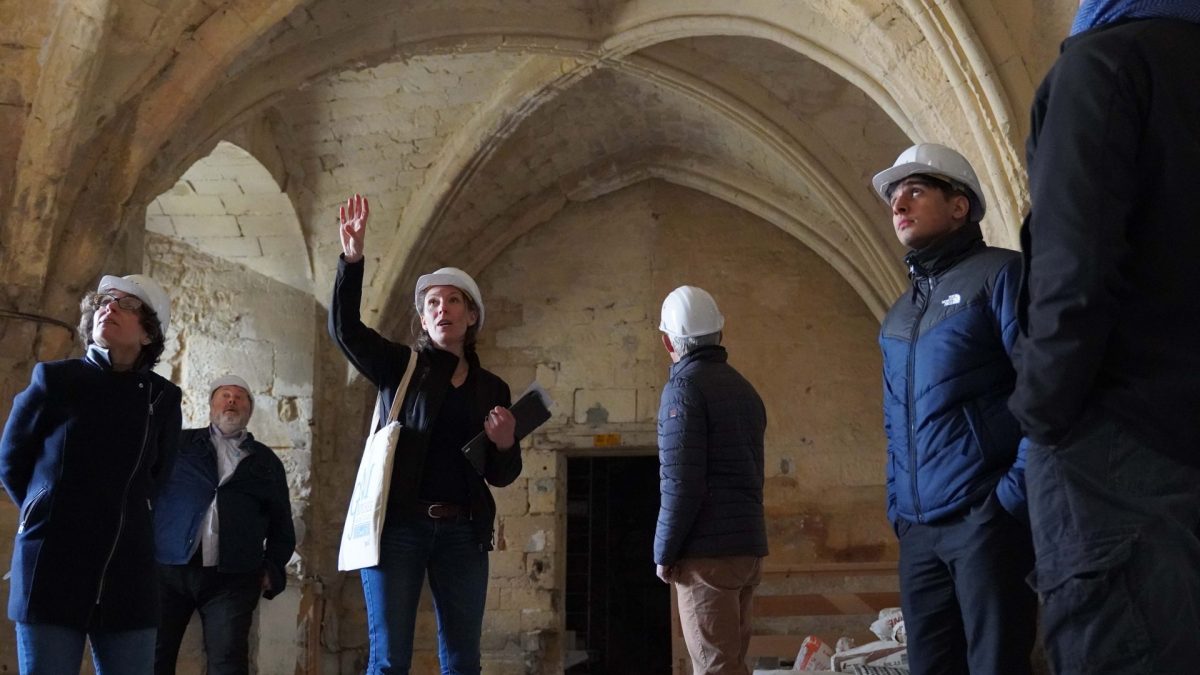
The museum and the castle will communicate to allow visitors to fully immerse themselves in Creil's past.From the Gallo-Roman era, with the treasure of the lock, to the remains of the medieval castle, not forgetting the industrial era with the earthenware factory and the Gallé-Juillet house.
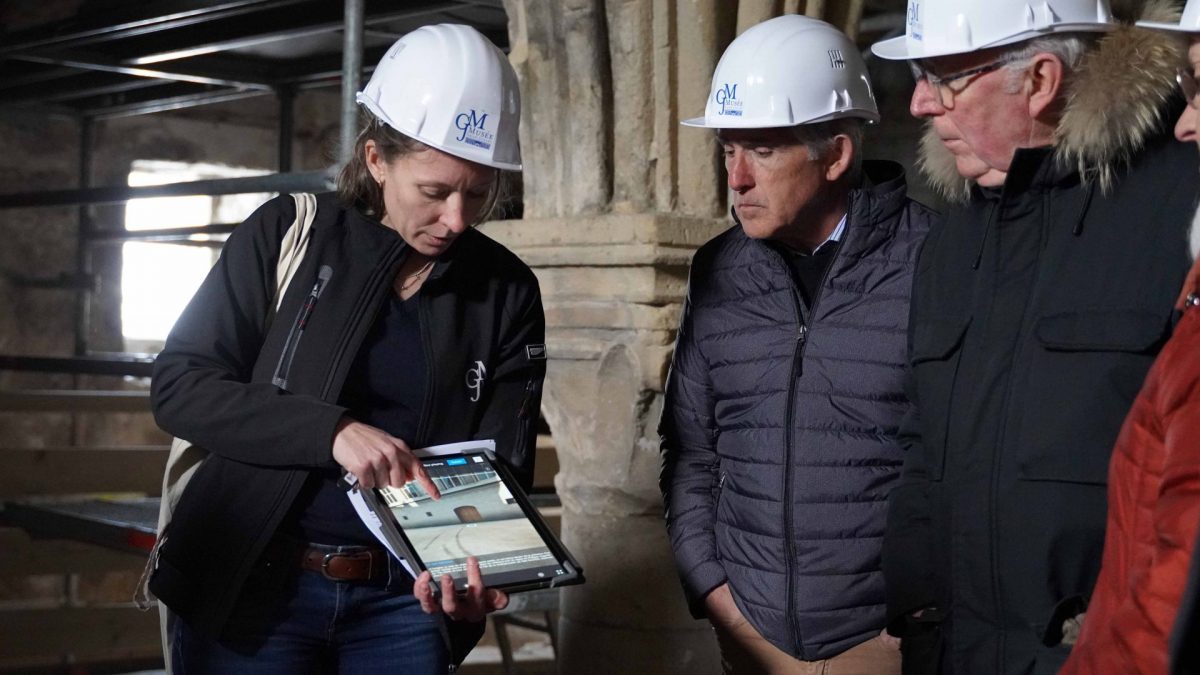
The restoration work began in September 2023 and will take around 3 years to complete. If your curiosity can't wait, contact the Town Hall to request site visits so you can find out more about the château, and also go behind the scenes of an archaeological dig.

Diane Maat – Com'Positiv
Want to find out more?
This beautiful report was written to coincide with the release of the brand new Creil Sud Oise Tourisme's first Destination Magazine.
Inside, numerous other articles will take you to meet local figures and offer ideas for outings!
Order at to receive it in hard copy!
Click here to order
